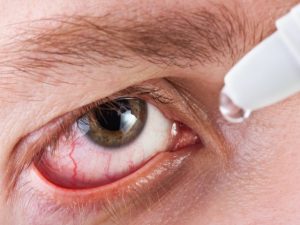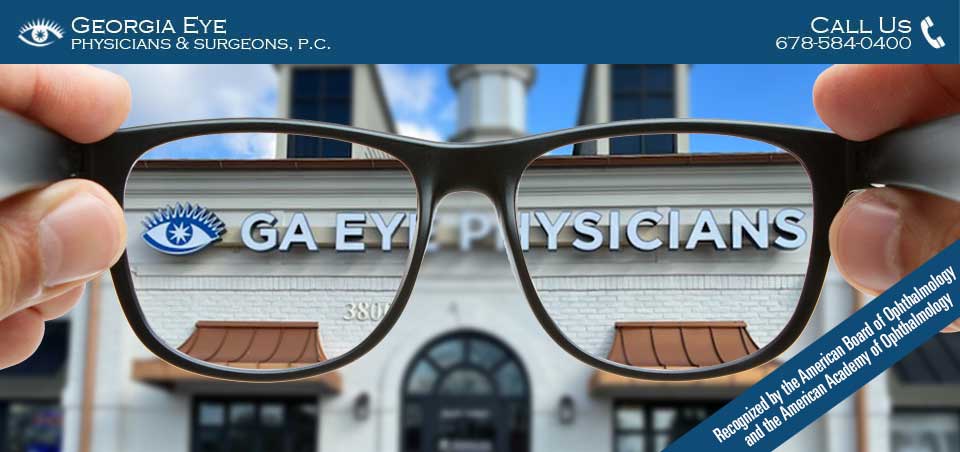Treating Chronic Dry Eye Depends on its Cause
At one point or another, we’ve all experienced that dry, itchy, sandpaper feeling commonly known as dry eye. Usually it is just a passing inconvenience, perhaps just a side effect of a particularly long work day or seasonal allergies. However, for millions of men and women, dry eye is a chronic condition that negatively impacts their daily life and can potentially lead to serious vision problems. Unfortunately, there is no single, one-size-fits-all treatment for chronic dry eye. Instead, in order for a treatment to be effective it must be tailored to the specific issue that is causing the dry eye in the first place.

Tears are primarily composed of three components, oil, water, and mucus, which work together to moisturize and lubricate the eyes. These different elements are produced by tiny glands surrounding the eye, but when one or more of those glands fail to perform properly, either due to environmental irritants or certain bacterial infections and skin conditions, the tears can no longer properly do their job. For example, the Meibomian glands secrete oils onto the surface of the eye that prevent tears from evaporating too quickly. Their failure can lead to blepharitis, a common condition characterized by red, inflamed eyelids with skin flaking, gritty-feeling eyes, and even a clouding of the vision. Treating poor quality tears can sometimes be as simple as making dietary changes, particularly by increasing your consumption omega-3 fatty acids or taking certain nutritional supplements. Warm compresses, gentle massage, an exfoliating eyelid wash, or even prescription eye drops can also help reduce inflammation and encourage the various tear ducts and glands to work properly once more.
Structural Defects in the Eye
Chronic dry eye can also be the result when there is a problem with the anatomy of the eye itself. The lacrimal glands, which sit in-between the upper eyelid and the cornea, normally produce about five to ten ounces of tears per day. When you blink, the tears spread across the surface of the eye to lubricate it, and then drain into the lacrimal punctum, tiny openings under the lower eyelid. However, when the openings of the lacrimal punctum are too large, the tear solution drains away too quickly, leaving the eye vulnerable to environmental factors. This issue can be remedied through the use of dissolvable or permanent punctual tear plugs, which are inserted into the tear drains to restrict the amount of fluid that can drain from the eye.
Regardless of the cause, chronic dry eye does have a tendency to become more common as the eye gets older, and if left untreated, can potentially develop into serious eye infections or even cause long-term damage to the surface of the eyes in the form of corneal ulcers. This is one of the reasons that the American Academy of Ophthalmology (AAO) recommends that all men and women undergo a baseline eye disease screening at age 40, and regular comprehensive medical eye exams every one to two years thereafter, depending on the patient’s individual health history. If you need to update your prescription for glasses or contacts or if you are concerned about the health of your eyes and would like to schedule an appointment for a medical or routine eye exam, please contact Georgia Eye Physicians and Surgeons today to make an appointment with Dr. William Segal or Dr. Marc Lay. Be sure to follow us on Facebook, Twitter, and Google+ for more tips for healthy eyes.












